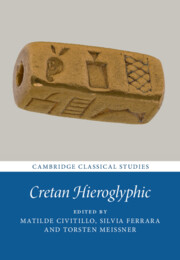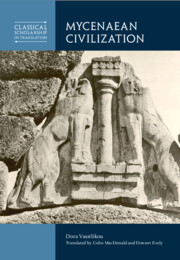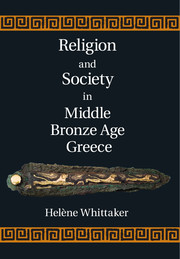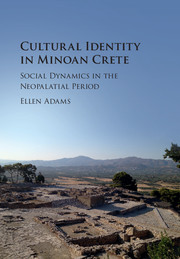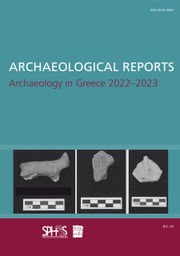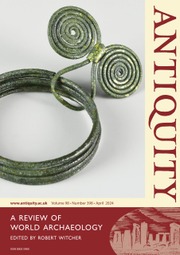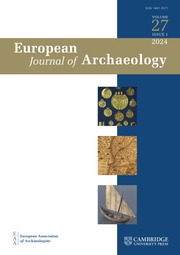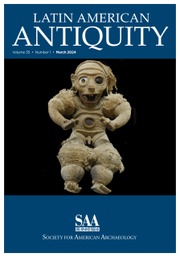Cretan Hieroglyphic
Nearly 4000 years ago a hieroglyphic script was used on Crete which predates Linear A and Linear B, indeed any other writing in Europe, but remains undeciphered since its discovery at the beginning of the twentieth century. This is the first comprehensive account of this script, which is analysed by the leading experts through an array of lenses, including archaeology, philology, palaeography, cognitive studies and decipherment theory, in order to showcase its importance in the history of writing. The book takes a broad approach to writing, understanding it not solely or even mainly as a visual tool to convey language, but primarily as a social and cultural phenomenon rooted in agency, materiality, and semiotics. The volume will provide an invaluable tool for scholars and will facilitate further research. This title is also available as Open Access on Cambridge Core.
- Offers the first complete overview of all aspects of Cretan Hieroglyphic writing
- Explores new approaches, both interdisciplinary and multidisciplinary, to the earliest, least understood and still undeciphered script from the Aegean
- Adopts a broad approach to writing, understanding it primarily as a social and cultural phenomenon rooted in agency, materiality, and semiotics
Product details
October 2024Hardback
9781009490108
352 pages
250 × 175 × 23 mm
0.764kg
46 b/w illus. 36 tables
Available
Table of Contents
- Preface: The Cretan Hieroglyphic Script and Problems of Decipherment Louis Godart
- Introduction Matilde Civitillo, Silvia Ferrara and Torsten Meissner
- 1. Cretan Hieroglyphic Sign Repertoires: Yesterday, Today, and Tomorrow Silvia Ferrara
- 2. Origins and Interface with Iconography Miguel Valério
- 3. Cretan Hieroglyphic Writing as a System of Visual Encoding: Iconicity and Graphic Communication Georgia Flouda
- 4. Macro View: Uses, Social Practices, and Ideological Implications of Hieroglyphic Texts Anna Margherita Jasink and Judith Weingarten
- 5. Forms, Materials and Sequence Matilde Civitillo
- 6. Scribal Practices, Syntax, and Morphology Philippa M. Steele
- 7. The Relationship between Cretan Hieroglyphic and the other Cretan Scripts Torsten Meissner and Ester Salgarella
- 8. Investigations into the Language(s) behind Cretan Hieroglyphic and Linear A Brent Davis
- 9. The Future of Cretan Hieroglyphs: Outlooks and Trajectories John Bennet And Vassilis Petrakis
- Epilogue John G. Younger
- Appendix
- Indexes
- Concordances
- Bibliography.

